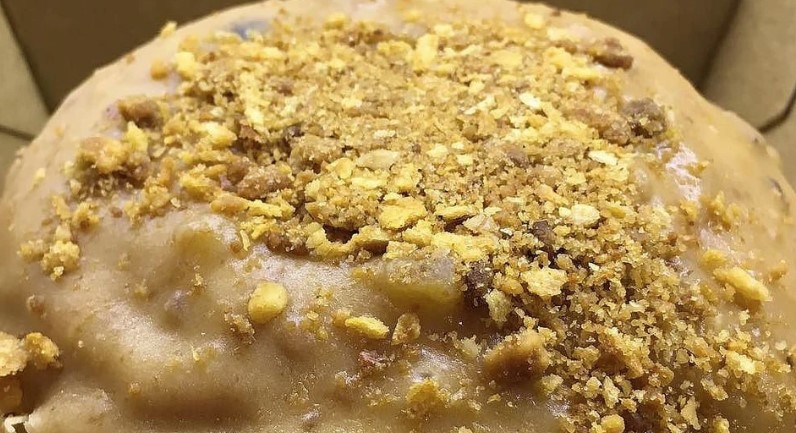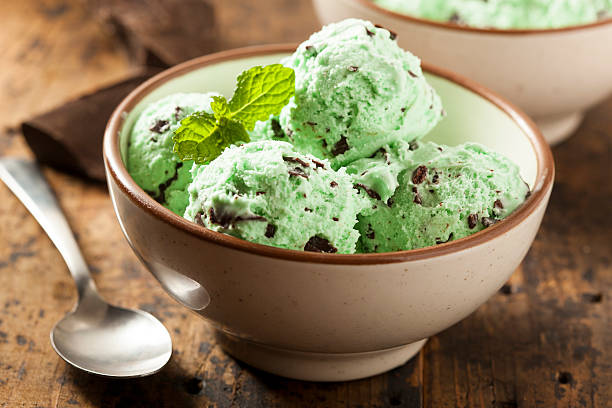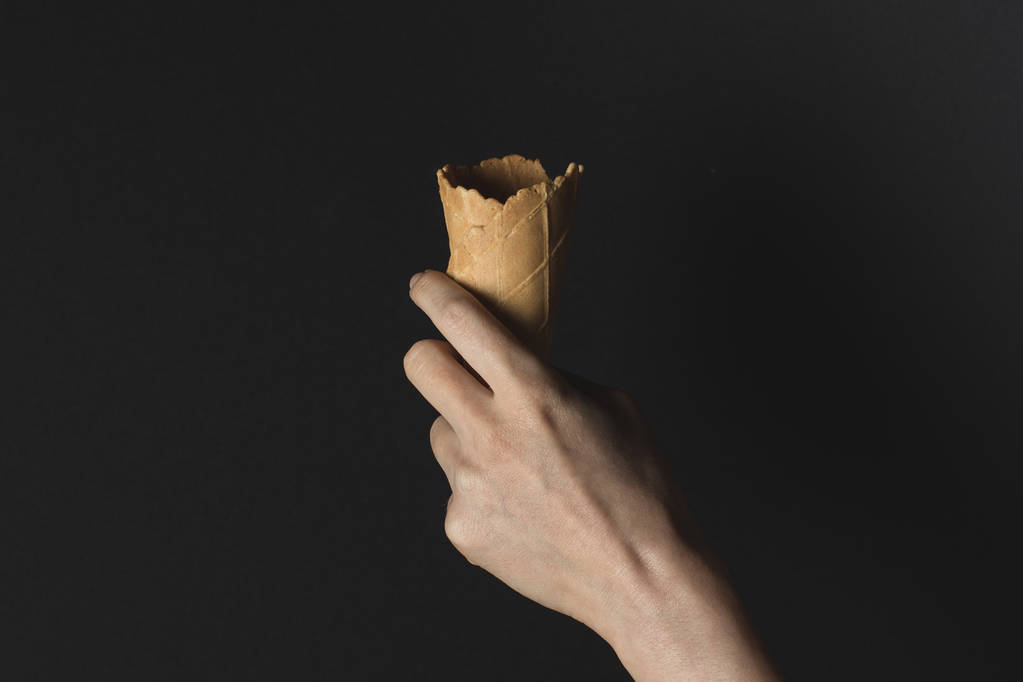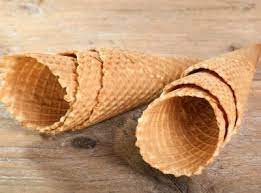Useful tips for making ice cream and making simple ice cream recipes yourself. For your own ice cream making in summer or for a great dessert with homemade ice cream.
Cool ice cream in the summer is one of the best rewards after a long day at work or school. If there is no ice cream in their own freezer, families can now easily make their own ice cream. It can be made either with an ice cream machine or simply in the freezer.
What is an ice machine?
An ice machine is generally a device that produces an ice cream mass from a liquid. The ice cream machines all have a very similar structure. They usually consist of a large bowl into which the liquid is filled. There is a cooling liquid on the rim of the bowl. The bowl is chilled in the freezer for about 10 hours before making. The cooling liquid on the edge then continues to cool and freeze the ice mass.

A small motor with a dough hook ensures the movement of the mass and the even icing of the entire liquid. An ice machine can usually be purchased for 50 euros. However, it must be stored in the freezer for around ten hours before each use so that the walls of the key are permanently cooled.
What ingredients do you need to make ice cream?
There are countless recipes for making ice cream, but most of them are based on the same ingredients. These include milk or cream, sugar, fruit, or chocolate. The best flavors of ice cream can be made with these simple ingredients. The milk or cream provides the creamy consistency of the ice cream. Although cream naturally tastes better, milk has far less fat and fewer calories.
So if you want to make low-calorie ice cream, you should choose milk instead of cream. Sugar is also an integral part of ice cream. It makes the ice cream sweet and makes it taste better. Sugar is a natural flavor carrier and intensifies the taste of the ice cream. Although sugar increases the calories, of course, it should still be present in the ice cream. Most ice cream flavors contain fruit or chocolate (or both). The fruits are usually pureed or chopped.
Which fruits are suitable for making ice cream yourself?
The fruits, which can be easily pureed and chopped, are particularly suitable for making ice cream. Hard fruits like apples are not suitable for making ice cream yourself. So if you want to make your own ice cream, you should use fruits such as bananas, blueberries, raspberries, or strawberries. But exotic fruits such as mangoes or watermelons can also be used. Frozen fruit is also ideal for ice cream. These are already chilled and just need to be pureed.
Which chocolate when making ice cream?
Here the user has a free choice. You can use the chocolate you like best. If you add chocolate to the ice cream, you no longer need additional sugar because it is already contained in the chocolate.
What to look out for when making ice cream yourself?
Actually, all the ingredients are simply pureed together to create a creamy mass of milk/cream, sugar, and fruit/chocolate. This mass should then rest in the fridge for at least an hour to get a lower temperature. If you immediately put the warm mass in the ice cream machine, you will not get a satisfactory result. When using frozen fruit, this step is no longer necessary, the mass can be put into the machine immediately. Make some recipes for ice cream yourself
General fruit ice cream (for two people):

- A cup of cream or 250 milliliters of milk
- Two tablespoons of sugar
- Approximately 250g grams of fruit (strawberries, bananas, blueberries…)
All ingredients are pureed together until a creamy mass is formed. This is chilled for about an hour and finally added to the ice cream maker. After about thirty minutes in the machine, the ice cream is ready.
Chocolate ice cream (for two people):
- A cup of cream or 250 milliliters of milk
- Half a bar of chocolate (about 50 grams)
- Possibly nuts
The chocolate needs to be liquefied. To do this, liquefy the chocolate either in a water bath or in the microwave. This is then added to the cream or milk and mixed with the nuts. Be sure to refrigerate afterward as the chocolate will be hot. After cooling, simply put in the ice cream maker, after about 20 minutes the ice cream is ready.




















